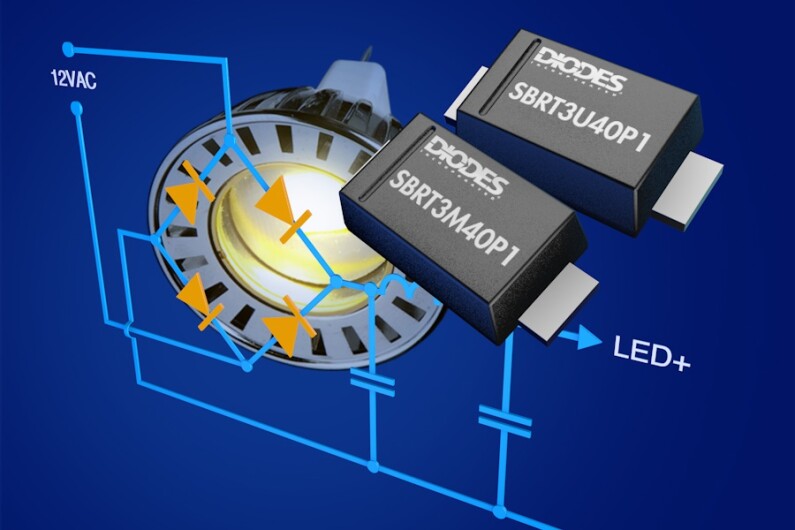Innovative Deep Trench Process Enables Increased Efficiencies in Power Conversion

By Dr Timothy Chen – Diode Division Director
Power and efficiency are becoming synonymous in high voltage applications. Power management circuits are measured by their efficiency at the conversion stage because as well as the cost of lost energy any losses often manifest themselves as heat, which must subsequently be dissipated at extra cost.
Almost all applications require some form of power management or conversion, be that AC to DC, DC to DC or, in some cases (such as solar farms) DC to AC. At every stage the potential for inefficiency emerges and the higher the voltage the higher the losses. In many cases the step-down voltage difference can be significant and require several stages, each of which is subject to efficiency losses.
In a bid to address efficiency in power management the semiconductor industry has focused at the lowest level, the transistor. Having adopted FET technology over bipolar for power transistors, the next step was to develop a process that could offer further benefits. The result was Trench technology which has subsequently been widely adopted in power semiconductors, displacing Planar technology. Trench technology takes a ‘three dimensional’ approach to transistor fabrication, as opposed to the ‘flat’ form of a planar transistor. In low voltage applications such as logic, planar still dominates, but in power devices trench outperforms planar in terms of switching parameters and current handling. This is largely due to trench technologies having a lower on-resistance; a feature that has many benefits in power switching.
As well as switching transistors, many applications that manage or convert high voltages also require power diodes. In fact their use as blocking, reverse protection and rectifier devices makes diodes one of the most versatile of all discrete semiconductors. The range of diodes needed in power applications can be extensive, so it is important to select those that offer the greatest possible operating efficiency.
An example of an emerging application area is in solid state lighting. Increasingly LEDs are being used to replace halogen or incandescent bulbs thanks to their inherent efficiency, but as LEDs are, effectively, a diode by nature they only conduct in one direction. Traditional light circuits, of course, operate from an alternating current and so it is necessary to half-wave rectify the supply if an LED is to be used. The obvious solution is to use rectifying diodes to change the polarity of the negative half-cycle, however in order not to sacrifice the benefits of using an LED it is imperative to use didoes that offer the best efficiency.
The Super Barrier Rectifier range from Diodes are based on its proprietary Deep Trench process and have been developed to deliver an industry-leading low forward-voltage drop of just 0.29V, enabling the highest possible bridge rectifier efficiency. Rated at 40V and 3A the SBRT3M40P1 also offers ample blocking voltage for 12V AC applications and are ideal in solid state lighting applications.
The same innovative Deep Trench technology has been used in the new SDT series of Schottky diodes; a drop-in replacement for planar-based Schottky diodes that deliver an instant 20% increase in performance. The devices are specified up to 40A average rectified current with a peak reverse voltage of up to 120V, and forward surge currents as high as 280A.
As demand for efficiency increases, Diodes continues to deliver innovative solutions that meet the industry’s requirements and support the latest applications.